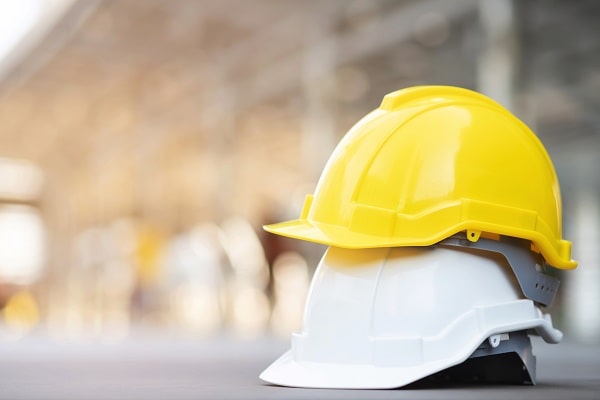Australian businesses and contractors are required to prepare a Safe Work Method Statement (SWMS) before commencing high risk construction work (HRCW). Although this is designed for the construction industry, many Australian businesses use SWMS as part of their workplace safety policy and procedures.
What is SWMS?
SWMS is a document that outlines high risk construction activities, hazards associated with this activity, and the risk management strategies to manage these activities. Australian WHS Regulations require a SWMS document to be prepared before commencement of any work.
What needs to be included on a SWMS?
Your SWMS template should have a section for each of the following;
- Date and location
- Name of the person responsible for ensuring control measures are carried out
- Names of people consulted when preparing the statement
- A description of the high-risk construction activity
- The WHS hazards applicable to the activity
- The control measures that will be used to minimise or remove the hazards
- How the control measures will be actioned
- When the control measures will be monitored and reviewed
Who needs to prepare a SWMS?
The principal contractor, builder and subcontractors should consult with each other to determine who is in the best position to prepare the SWMS. Typically it is assigned to the person carrying out the high-risk construction task. Sometimes there needs to be communication with different parties to determine what the hazards and controls are.
Which high risk activities require a SWMS?
Australian WHS laws identify 18 high risk constructions activities. Many businesses who aren’t legally required also use SWMS as part of their workplace safety system. The 18 SWMS categories are;
- Fall risk of > 3m
- Near a telecommunications tower
- Structural demolition
- Asbestos
- Structural alterations need temporary support
- Work in a confined space
- In a tunnel or near a hole deeper than 1.5m
- Involves explosives
- Near gas mains or pipes
- Near chemical, fuel or refrigerant lines
- Near energised electrical installations
- Contaminated or flammable atmosphere
- Involves tilt-up or precast concrete
- On or near non-pedestrian traffic corridors
- Near movement of powered mobile plant
- In artificial extremes of temperature
- Where there is a risk of drowning
- involves diving work.
Is there anything else?
- The SWMS document needs to be kept at the location of the high risk activity. If this is not possible it has to be kept nearby, such as in a nearby vehicle or on a device in a vehicle.
- You need to keep your SWMS for the duration of the job it was created for
- You can’t use a generic SWMS that covers all risks. You can use a template but it must be filled out with specific details regarding the specific job or site.
Need to know more?
If you have any further questions or need clarification then get in contact with Serene Workplace Safety. If you need a workplace safety policy and procedures system set up, then talk to us about your options.

